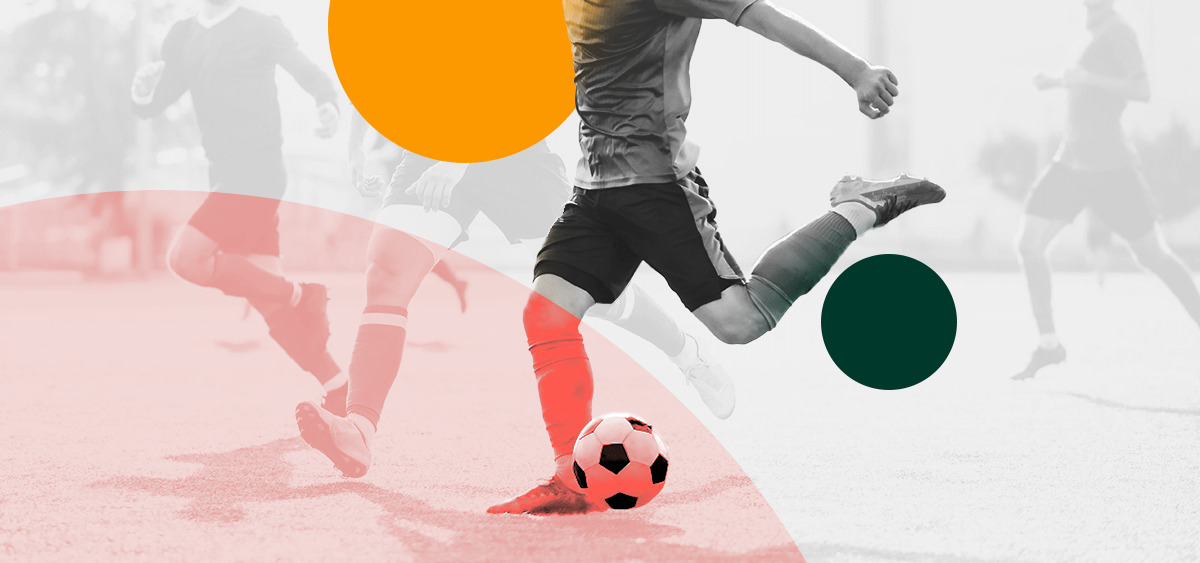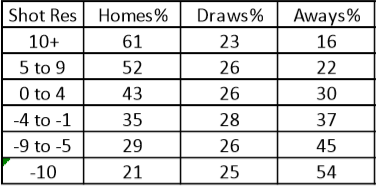
I first started watching football as a child with my dad in the early 1960s. Did you know that all grounds didn’t even have floodlights at that time? Chesterfield were the last team in the football league to install floodlights in 1967. In fact, there were no lights at Wembley stadium until 1955.
The way the game of football is played now is considerably different to the way it was played then. There were scything scissor tackles, stealthy barges, and very little protection for goalkeepers. There was no time limit on how long a goalkeeper could retain the ball either. Could you imagine that now? You could have a serious snooze between the goalkeeper catching the ball and him sending it back into play!
Going to the Belle Vue ground in Doncaster with my dad was always special. We were in the fourth tier of the football league but that didn’t matter; the players were still local heroes. One of my favourite players was a big strapping centre forward called Alan Warboys. He was a ‘no nonsense’ player who threw his considerable weight around. He smashed into the centre halves to let them know he was there. He was the ‘smash’.
He then moved on from Doncaster Rovers to team up with another forward called Bruce Bannister at Bristol Rovers. A Rovers to Rovers transfer. I bet there haven’t been many of those over the years? At the new Rovers, Warboys was the ‘smash’, Bruce Bannister was the ‘grab’. They literally became known as ‘smash and grab’. Warboys played for Bristol Rovers between 1972 and 1976. He returned to Doncaster in 1979. He played for Doncaster until 1983 when he retired at the age of 33.
This was when I first became familiar with the term, ‘smash and grab’. Today I refer to it as being the occasions where teams play defensively, counter-attack, and try to nick the points. The opposite of ‘smash and grab’ is ‘boss the shots’. This is where teams try to dominate games, have the best of the possession and basically try to wear down the opposition.
From our perspective as bettors, which approach works best? Is it better to try to absorb the pressure, break quickly, and catch the opponents out, or is it better to have a team on your side that is likely to create the most chances in a game?
The tables that follow show results and level stakes betting returns based on matches played from 2007 to date. The returns are based on taking the best odds from five leading bookmakers on Monday lunchtime for games played between Tuesday and Thursday, and taking the same best odds on Thursday lunchtime for games played between Friday night (with floodlights!) and Monday.
To determine who has ‘bossed the shots’ we firstly need to know how many shots each team had in a game and then subtract the away team’s shots from the home team’s shots. For example, if the home team had 12 shots at goal and the away team had 6 shots at goal, the Shot Result for the game would be +6; the home team had 6 more shots than the away side. Conversely, if the home team had 9 shots and the away team had 16 shots, the Shot Result would be minus 7.
The first table shows the percentage of home wins, draws, and away wins relative to the Shot Result. The table covers a total of 24,286 games:

When the home side has had 10 or more shots than the away team, the home side has won the game 61% of the time; the draw has occurred 23% of the time; the away team has won just 16% of the time.
In the bottom row, when the away side has had 10 or more shots than the home team, the home side has only won 21% of the time, with 25% of the games ending level, and 54% of away teams winning.
The most draws occur when the away team has between 1 and 4 more shots than the home team. We can conclude from these numbers that ‘bossing the shots’ does matter as it significantly increases a side’s winning chances.
The next table adds the levels of profit and loss from backing each home, draw and away outcome in those games:

Had we backed all the home sides that had 10 or more shots at goal, we would have made a profit of 10.94% to level stakes bets. Backing the away team in those matches would have lost over 31%.
It was also profitable to back all home sides when the shot result was between +5 and +9. The profits weren’t quite as good but were still at a very healthy 7.60%. The home profits disappeared when backing the 0 to +4 cases; a loss of 2.32% was made.
It’s at this point where the pendulum starts to swing the other way. Backing all away teams in the 0 to +4 group broke even. We can then see how finding the away teams that win the shots battle becomes increasingly lucrative. The aways in the -4 to -1 group made 10.85%, with those in the -9 to -5 group making 23.52%. The away teams that had 10 or more shots than the home sides made a profit of 20.62%.
In terms of a betting strategy, if we can find the teams that will ‘boss the shots’, we’re likely to be finding those elusive profitable bets!
Mike Lindley




